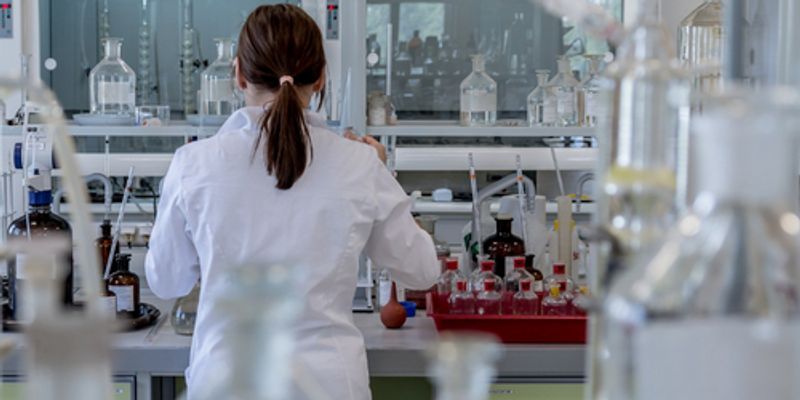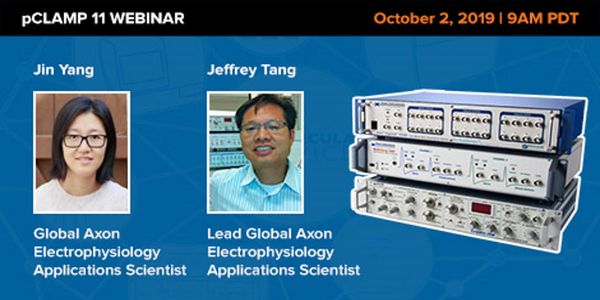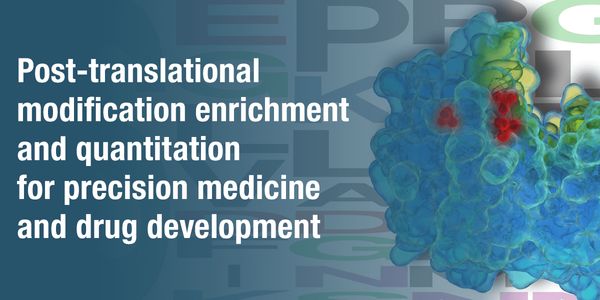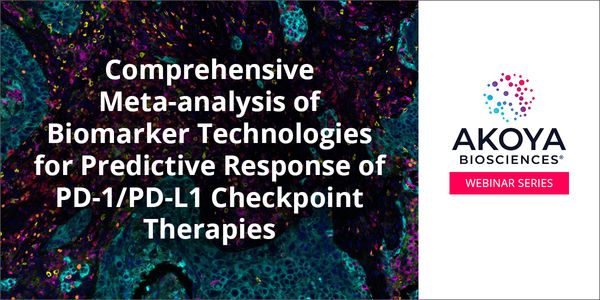Medical analysis
Medical analyses can be performed to help diagnose or treat a disease. Patient samples or specimens, such as blood, urine, or a tissue biopsy, can undergo medical analysis by a variety of techniques.
-
OCT 02, 2019 | 9:00 AMDATE: October 2, 2019TIME: 9:00am PTThe Clampfit software module is a useful tool to manipulate and analyze electrophysiological data acquired by pCLAMP™ software. Recently, Mol...Early detection is critical for improved survival in melanoma. Melanocytic nevi are extremely common benign tumors that mimic melanoma and are therefore commonly biopsied. Currently, the dete...Speaker: Margaret Hoang, PhD , Maija Kiuru, PhDPresented at: Cell Biology Virtual Event Series 2019
SEP 17, 2019 | 6:00 AM
DATE: September 17, 2019TIME: 6:00 am PDT, 9:00am EDT, 2:00pm BST, 3:00pm CEST Abstract: Learning Objectives: one two Webina...
SEP 10, 2019 | 3:00 PM
DATE: September 10, 2019 TIME: 3:00pm CEST, 06:00am PT, 09:00am ET The assessment of cell health and cellular responses after experimental manipulation continue to be...
AUG 29, 2019 | 8:00 AM
Date: August 27, 2019Time: 11:00am PDT, 2:00pm EDTBackground: Clinical guidelines for H. pylori screening and post-treatment testing endorse the use of urea breath test (UBT), H. py...
Speaker:
Dylan Pillai, MD, PhD, FRCPC (C)
AUG 27, 2019 | 9:00 AM
DATE: August 27, 2019 TIME: 9:00am PDT, 12:00pm EDT Immunotherapies targeting PD-1 or PD-L1 have proven remarkably effective for treating cancer in some patients, with considerabl...
DNA profiling tools to teach undergraduate students about forensics generally utilize the PV92 Alu and D1S80 VNTR markers, but are both limited in scope. In contrast, advanced profiling syste...
Contemporary law enforcement has greatly expanded its ability to solve crimes by the adoption of advanced forensic techniques, electronic monitoring and new approaches in crime scene procedur...
JUN 26, 2019 | 9:00 AM
DATE: June 26, 2019TIME: 9:00am PDT, 12:00pm EDT An excessive number of software solutions are available to help manage your clinical, biobank, or biorepository sample inform...
Tumor heterogeneity is a hallmark of cancer and can have significant impact on identifying drivers, including those that may be therapeutically relevant. Although, the traditional sequencing...
Implementing precision genomic medicine in the pediatric acute care setting has several challenges. First, the diagnosis must be made quickly. Second, the determination of pathogenicity mus...
The practice of precision medicine utilizes advanced diagnostic tools to identify specific groups of patients on the basis of particular molecular characteristics, and guide their treatment w...
Speaker:
David Hout, PhD
, Benjamin Chaffey, PhD
The long term goal of our collaborative effort is to bring precision medicine to the practice of veterinary oncology, using the wealth of genomic data gathered in human cancers as a roadmap....
Speaker:
Duane Hassane, PhD
, Guannan Wang, PhD
Clopidogrel, an antiplatelet agent frequently used for secondary stroke prevention, is a prodrug that requires both sufficient intestinal absorption and hepatic modification to produce its ac...
























